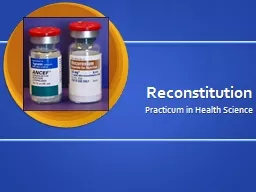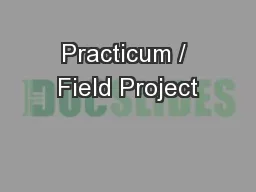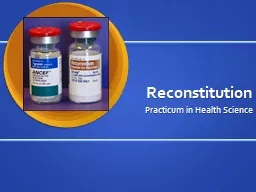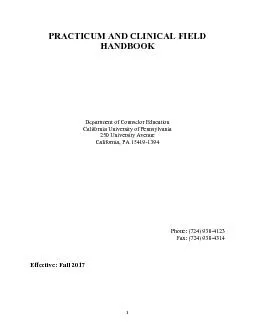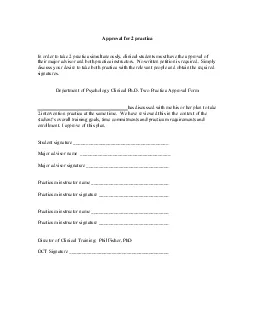PPT-Reconstitution Practicum in Health Science
Author : startse | Published Date : 2020-06-16
Key Definitions Reconstitute to change into liquid form by adding water or other fluid to a powder Diluent the liquid added to a powder during reconstitution
Presentation Embed Code
Download Presentation
Download Presentation The PPT/PDF document "Reconstitution Practicum in Health Scien..." is the property of its rightful owner. Permission is granted to download and print the materials on this website for personal, non-commercial use only, and to display it on your personal computer provided you do not modify the materials and that you retain all copyright notices contained in the materials. By downloading content from our website, you accept the terms of this agreement.
Reconstitution Practicum in Health Science: Transcript
Download Rules Of Document
"Reconstitution Practicum in Health Science"The content belongs to its owner. You may download and print it for personal use, without modification, and keep all copyright notices. By downloading, you agree to these terms.
Related Documents

